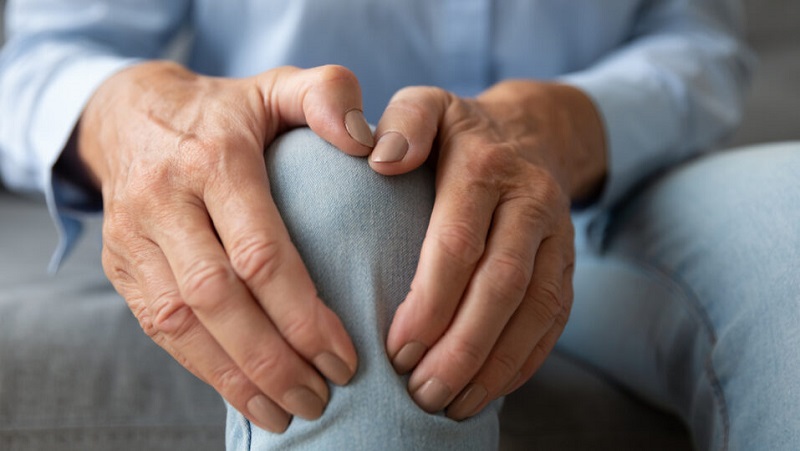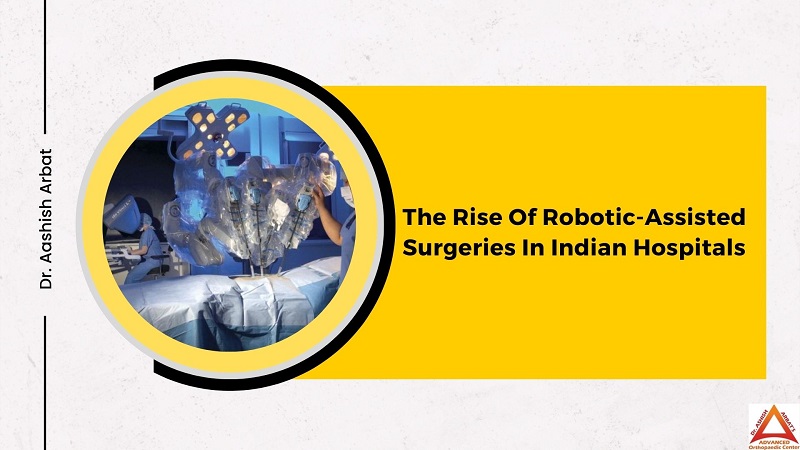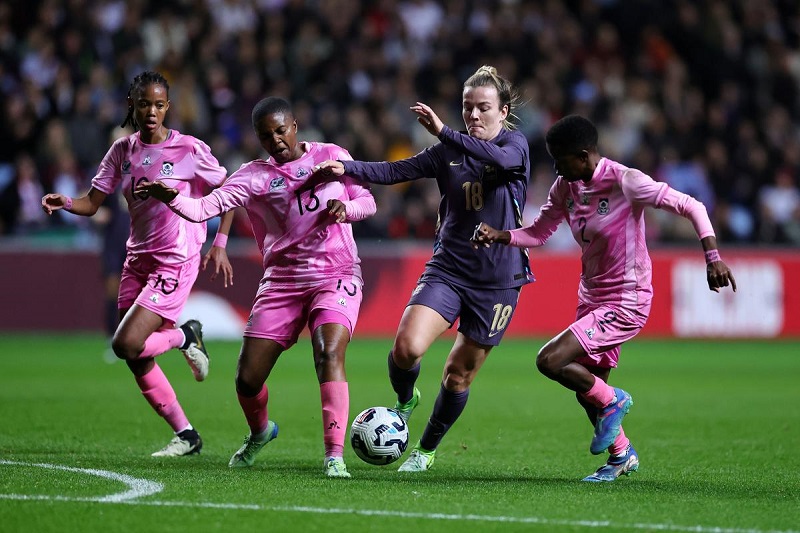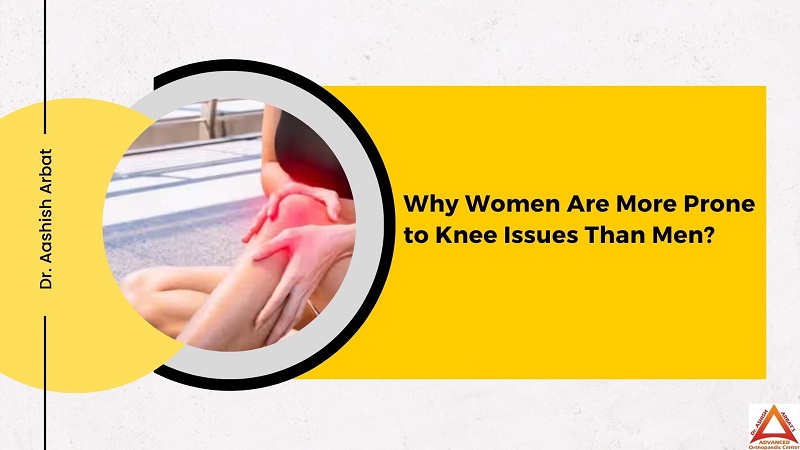
The bone growth stimulator (BGS) market is noticing the growth, driven by constant advancements in medical technology and the increasing demand for non-invasive way out in orthopedic care. Bone growth stimulators are devices used to speed up the healing process of fractured bones, specifically in cases where natural healing is moderate or compromised. These devices, which include electrical and ultrasound-based stimulators, offer an optimistic option to established bone healing ways, like surgery or lengthy immobilization. As orthopedic care expands, BGS technologies are reshaped the landscape of bone healing and fracture management.
The bone development stimulator market is measured to increase from US$2.26 Bn in 2024 to US$3.31 Bn by 2031. The market is expected to record a CAGR of 5.6% during the predicted period from 2024 to 2031. Factors like the increasing prevalence of orthopedic injuries, progress in technology, and the aging population are driving market expansion.
This article explores the essential components driving the development of the bone growth stimulator market, counting technological innovations, the rise in orthopedic conditions, and increasing patient preference for non-invasive treatments. Furthermore, we will talk about the challenges and future trends shaping the BGS market.
Technological Advancements in Bone Growth Stimulators
Technological advancement is the mainstay of the rising BGS market. Over the years, notable improvement in electrical and ultrasound stimulation technologies have strengthened the potency of bone growth stimulators, making them more effective in treating complex fractures, non-union fractures, and delayed healing cases.
Electrical Bone Growth Stimulators (EBGS): Electrical bone growth stimulators have proven to be immensely effective in accelerating the healing process of bones. These devices use low-frequency electrical pulses to trigger the bone’s natural healing mechanisms. They work by intensifying osteoblast activity (cells that form bone) and advancing the production of growth factors that accelerate bone regeneration.
Newer models of EBGS are planned for greater movability and comfort, counting wearable and portable versions, enabling patients to use the device at home without necessitating recurrent visits to healthcare facilities.
Ultrasound Bone Growth Stimulators (UBGS): Ultrasound bone growth stimulators have gained popularity thanks to their non-invasive nature and ease of use. These devices use low-intensity pulsed ultrasound (LIPUS) to promote bone healing. LIPUS supports stimulate the osteoblasts and stimulates the production of bone growth factors like bone morphogenic proteins (BMPs). The ultrasound waves are targeted closely at the fracture site, speeding up the healing process and bringing down recovery time.
Current innovations in ultrasound-based devices have made them even more approachable. New models feature solid designs and modern controls that boost user experience. These devices are also increasingly used for treating non-union fractures, where bone healing does not progress naturally, offering an effective solution to avoid the need for surgical interventions.
You Might Refer Knowing About: Top Orthopedic Surgeon in Pune
Rising Prevalence of Orthopedic Disorders
The increasing prevalence of orthopedic conditions, including fractures, osteoporosis, arthritis, and other bone-related diseases, is a key factor propelling the growth of the BGS market. As the global population ages, the number of individuals suffering from degenerative bone diseases and bone fractures pursue to soar. The aged are specifically liable to fractures because of weakened bones caused by osteoporosis, increasing the demand for successful bone healing treatments.
Sports injuries, Accidental fractures, and degenerative diseases, like osteoarthritis, also contribute to the rising need for bone growth stimulators. Traditional treatments like surgical interventions, cast immobilization can often result in delayed healing or complications. In contrast, BGS devices provide a non-invasive, successful substitute that lessens the need for prolonged hospital stays or repeat surgeries.
The rise in physically demanding occupations and high-impact sports has also led to an uptick in fractures, particularly in younger, more active populations. Bone growth stimulators provide an ideal solution to accelerate healing, reduce recovery time, and improve the quality of life for these patients.
Patient Preference for Non-Invasive and Convenient Treatments
One of the key drivers of the BGS market’s diversification is the growing patient choice for non-invasive, at-home treatments. Bone growth stimulators, specifically the transferable and wearable versions, let patients to manage their recovery from the well-being of their homes, minimizing the need for frequent hospital visits. This convenience, combined with the effectiveness of the technology, has contributed to a shift in patient and clinician preferences toward bone growth stimulators over traditional practices.
Non-invasive BGS technologies also provide a lesser risk of barriers compared to invasive treatments such as surgery. For instance, patients with non-union fractures can use electrical or ultrasound stimulators to encourage healing without the need for additional surgical procedures, reducing both the risk of infection and the overall healthcare costs .
Regulatory Approvals and Reimbursement Policies
The widespread adoption of bone growth stimulators has been further supported by regulatory approvals and approving reimbursement policies in many regions. Regulatory bodies like the U.S. Food and Drug Administration (FDA) have authorized various bone growth stimulators for clinical use, offering patients safe and effective treatment options.
Furthermore, insurance companies and government healthcare programs North America and Europe are progressively covering BGS treatments. This has made these devices more reasonably priced and hence available to a wider range of patients, further uplifting market growth. The increasing acceptance of BGS devices as a standard treatment for bone healing by both healthcare providers and payers confirms that these devices will keep on seeing high demand.
You Might Refer Knowing About: Best Orthopedic Doctor in Pune
Challenges in the Bone Growth Stimulator Market
Despite the encouraging growth prospects, there are multiple challenges facing the bone growth stimulator market. One of the primary obstacles is the high cost of advanced BGS devices. Although these devices offer significant benefits, the initial cost and insurance coverage can still pose an obstacle for many patients, specifically those in regions with restricted access to healthcare resources.
Furthermore, while BGS technologies have been confirmed to speed up bone healing, their success may differ depending on the type and location of the fracture, along with the overall health of the patient. For instance, certain types of fractures, like those involving complex bone structures, may need more fatal treatments in fusing with BGS technology. This restricts the range of applications and could obstruct market probing in some areas.
Eventually, as with any medical technology, patient observance of treatment procedures is key for achievement. Bone growth stimulators usually necessitate everyday use for several weeks or even months, considering the extremity of the injury. Confirming that patients steadily follow the recommended usage guidelines is important for achieving optimal results. Non-compliance may lead to poor results and could affect the long-term growth of the market.
Future Trends in the Bone Growth Stimulator Market
The bone growth stimulator market is predicted to continue developing with technological advancements and expanding applications. Some vital trends shaping the future of this market include:
Personalized Treatment Solutions: As developments in customized medicine continue, future bone growth stimulators may be modified to the particular needs of individual patients. Adjustable devices that modify treatment parameters based on patient profiles (like bone density, fracture type, and age) could make healing outcomes better and increase patient fulfilment.
Integration with Wearable Health Technologies: The integration of bone growth stimulators with wearable health technologies say fitness trackers or smartwatches could offer real-time scanning and data tracking, giving healthcare providers valuable insights into treatment progress. This could further upgrade patient engagement and make adherence to treatment protocols better.
Growing Applications in Regenerative Medicine: The growth of regenerative medicine holds noteworthy potential for expanding the applications of bone growth stimulators. By merging BGS technologies with stem cell therapy or growth factor treatments, future innovations could speed up healing in even more complex fractures or orthopedic conditions, like critical bone loss or joint deterioration.
Focus on Biocompatible Materials: Current research into biocompatible materials may bring about the development of more fruitful and patient-friendly bone growth stimulators. Future devices could include improved materials that reduce skin irritation or irritation while enhancing the general performance and longevity of the device.
Additional Reading: Top Knee replacement Doctor in Pune
Conclusion
The bone growth stimulator market is reshaping the field of orthopedic care, offering patients with improved, non-invasive solutions for rapid and more effective bone healing. Technological progress in electrical and ultrasound stimulation, along with increasing demand from aging populations and rising patient choice for home-based treatments, are driving the market growth. As regulatory support and reimbursement policies become more appreciative, the adoption of bone growth stimulators is anticipated to increase, further transforming how orthopedic conditions are taken care of.
While challenges like cost, patient observance and device productiveness remain, the future of the bone growth stimulator market is bright, with restrictions on the horizon that promise to further increase treatment choices and make patient outcomes better. The market’s progression will continue to shape the future of orthopedic care, offering more customized and methodical treatment solutions for bone healing.





